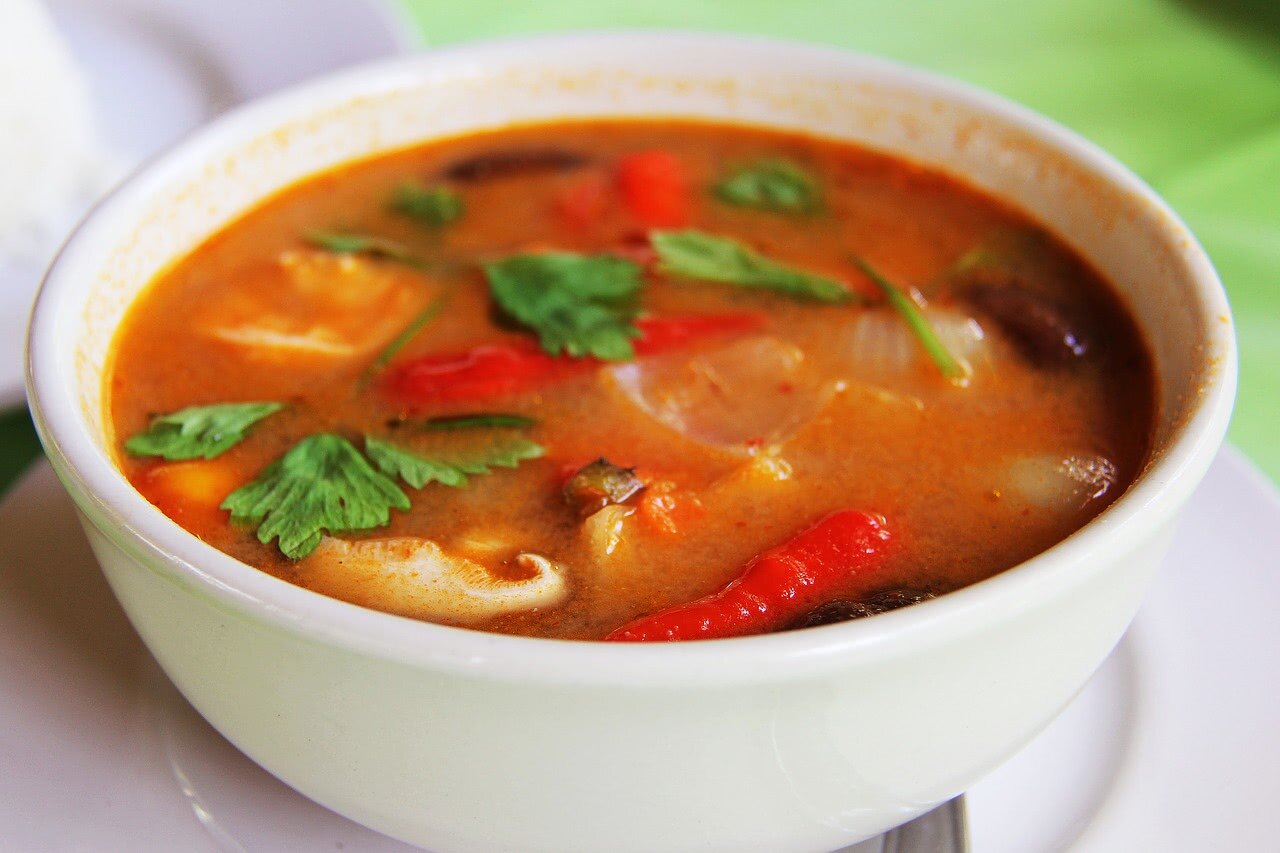Defuse chili dishes
If small clouds of steam swell out of your ears during tasting, this could be due to a chili con carne that is too sharp. If you have exaggerated with too hot chili peppers, it will hardly be possible to neutralize them completely. But 10% milder, is actually always possible.
To soften your dish, we use a few tricks. The substance that has made your dish too spicy is called capsaicin. This is only soluble in fat and alcohol. If we now imagine fat as a sponge, we can defuse the dish with it.

Making Chili less Spicy
But there are other ingredients in addition to fat that help to soften the taste. Potatoes and corn absorb some fieriness. Corn brings a little sweetness into play, which gives the impression that it is less spicy. Potatoes are cooked as pieces. If they interfere with the recipe, fish them out again before serving. If you like, you can also purée them or stomp them to make them less noticeable.
Sugar or honey take the top off the spicy food. However, it is only slightly less spicy. Milk from coconuts is more effective. It is often used in Asian recipes. Cream, yogurt or normal milk can also be used instead of coconut milk. A high fat content is helpful to make chilies milder. The higher the fat content, the more pungent substances are distributed in your dish.
There are plenty of hotness experts in Asian cuisine. When preparing food in a wok, the heat plays a key role. It should be at least 200 °C. Interestingly, capsaicin and its related dihydrocapsaicin lose about 15% of their effect at 190 °C. Burning is reduced by about half at 240 °C for 15 minutes.
If your chili still burns like hell, dilute it with more ingredients. Except, of course, the ones that spice up the dish. More beans, tomatoes, meat, broth and onions. But please don’t add more chilies, habanero or pepperoni.
Insider tip: clarified butter
However, the most effective of all methods is the addition of clarified butter. In India, children are sometimes given a little something to put on their plates. It acts like a sponge on the sharpening material. Another advantage is that not everyone has to deal with the lax chili. If you like it hot, you should get Spicy.
Chilli peppers take their heat off
It is easier to take the heat off the chilies before they fall into the pot. There are several simple tips for this.
About 60% of the capsaicin is in the tissue that holds the seeds. Only 40% of the pungency is present in the flesh itself. So remove the inside before you use it for your recipe.
Some particularly hot varieties, such as Trinidad Scorpion, have a rare mutation. The inner skin of the fruit flesh has glands in which more capsaicinoids are formed. Therefore, you should also scratch out the whitish layer. Whereby, if you choose such varieties for cooking and then read this text …
Sometimes experienced chili connoisseurs claim that there is a lot of sharpness under the skin. Either peel your peppers or take a small burner and torch the skin until it blows. At temperatures above 190 °C, some heat is lost.
What we like to do at Habaneros is to cut them into small pieces and put them in a tea strainer. We let cold water run over it for maybe 3 minutes. That goes fast and the aromas remain.
Resourceful chefs, who love the aroma of chilies but are forced to their knees by their sharpness, put the pods in alcohol or oil for one to two hours. The alkaloid that causes them pain migrates into the brew while the aroma remains.
If nothing else works: Chili does not taste spicy, but your pain receptors are pierced. It does not harm you, at least if it is not the hottest chili in the world. So stay cool and tell your body it’s all in your head.
